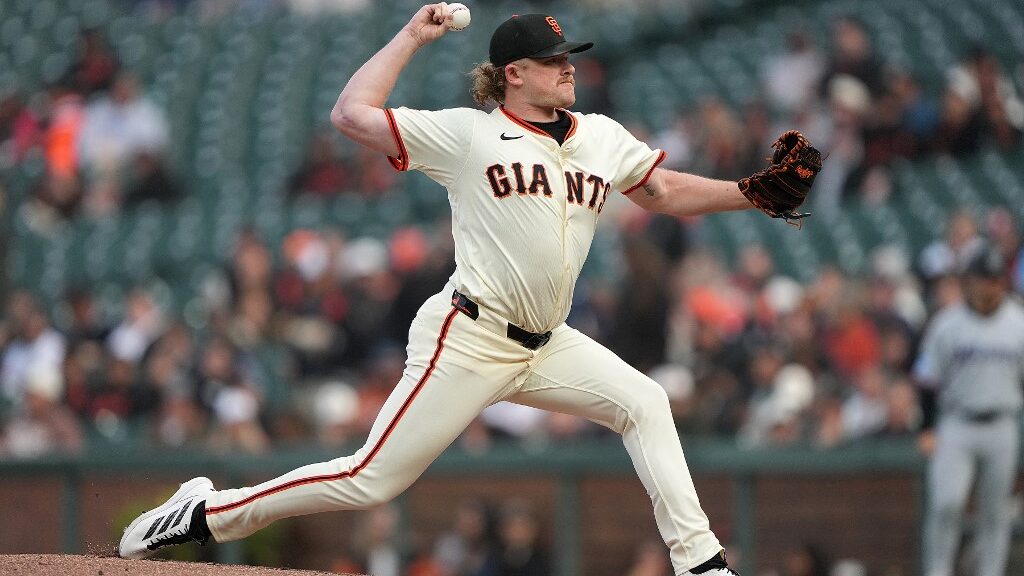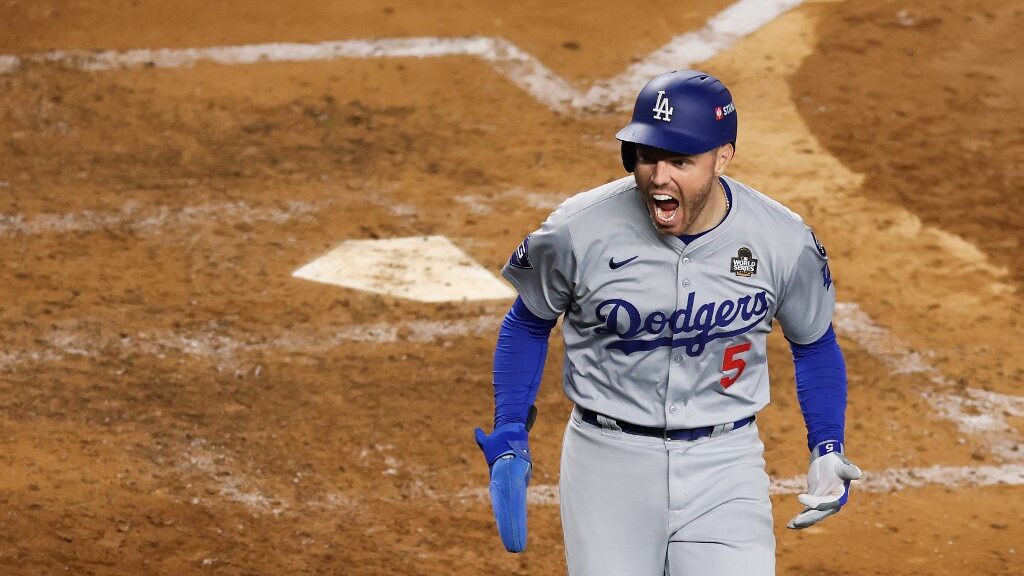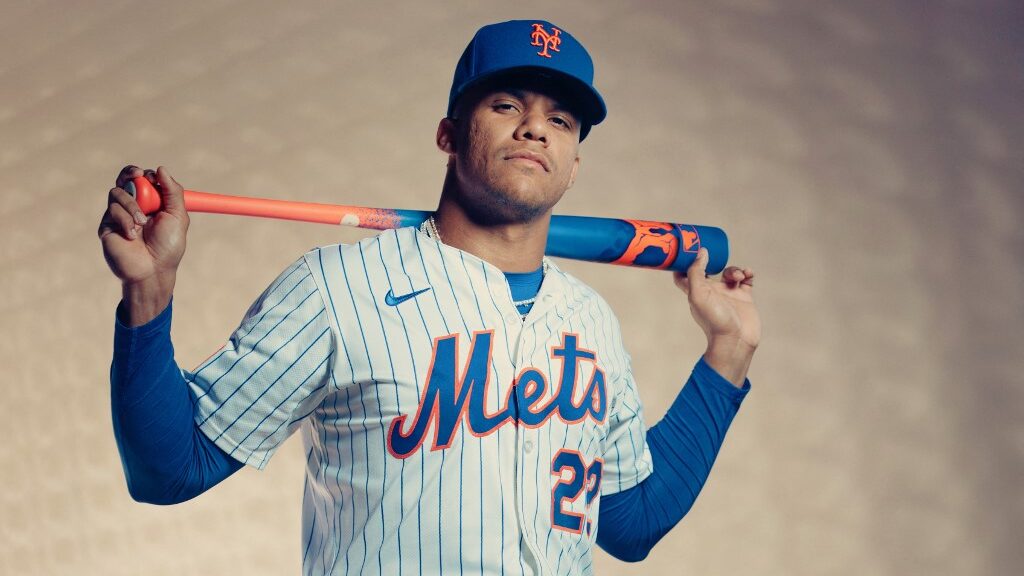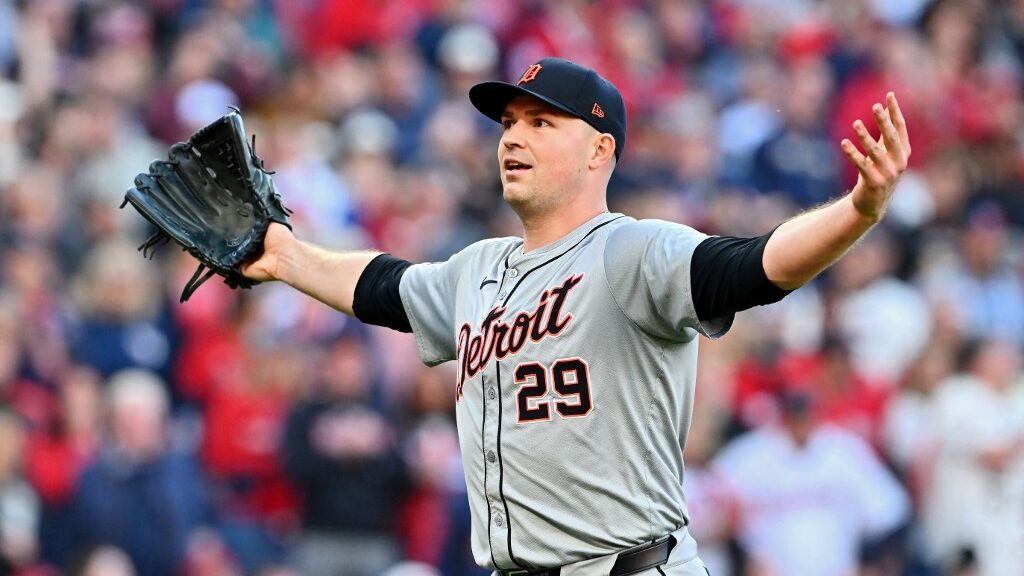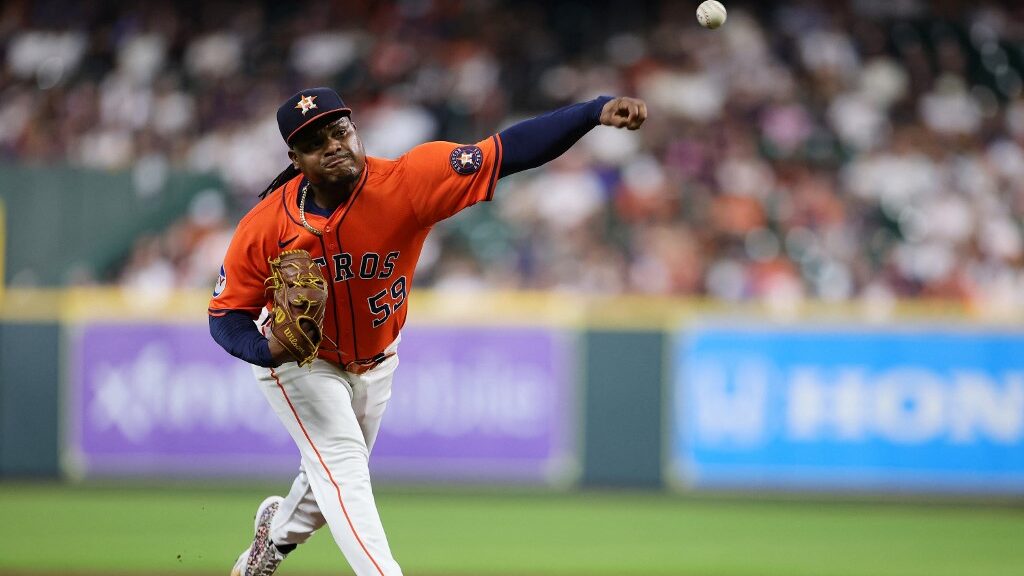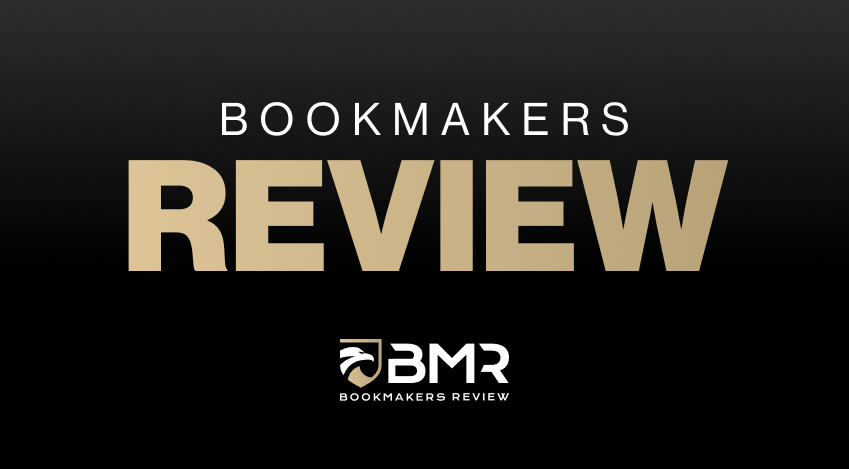Ask 100 different bettors how they attack a baseball game when it comes to handicapping, and you’re going to get 100 different answers. That’s true in every sport, but baseball is generally thought of as being more statistically driven than others.
Narrowing those numbers and trends down to just five is a difficult task, and dangerous since it’s impossible not to overlook some detail that can be critical to determining how to play the MLB odds for a given game. With that in mind, away we go.
1. Starting Pitching Matchup
While every bettor has their own process to go through to decide how to play a game, it all begins by first taking a look at the starting pitching matchup. It’s also where oddsmakers begin when setting moneylines and totals.
No other factor in a baseball game figures as prominently in the numbers at the top US sportsbooks than who the starting pitchers are going to be. Or in the case of a team planning to employ an ‘opener,’ who lines up as the bulk reliever.
The best source for starting pitcher information comes from the MLB team’s website, or from the books themselves. While there are basic stats like W-L records and ERA to include in the process, other factors include:
- Recent results and starts made by the pitcher.
- History against the opposing team.
- How has the pitcher performed on the road compared to at home.
- What batters have given the pitcher fits, or have been easy outs.
2. Bullpen & Recent Workload
I’ve watched the evolution of relief pitching my entire life, from a time in the 1960s when each team hoped to have one really good arm in reserve for the late innings to the present and bullpen specialists of every kind.
It really wasn’t that long ago that bullpens were back on the list of considerations when it came to setting lines for individual games, much less MLB futures, and now they are as important – if not more important in some cases – as the starting pitchers and batting orders.
Stats to look at include those for starting pitchers, and workload is a huge consideration. Most managers are reluctant to use a closer, for example, three days in a row during the regular season, and those 7th-8th inning arms also might be sitting after being called on for a few innings the previous two nights.
3. Hitting – On-Base, Slugging & Stealing
Chicks may dig the long ball, but successful baseball bettors also dig walks and stolen bases. Those home runs may get the headlines and beef up contracts, but they can also be the dangling shiny object to distract bettors.
Like every other facet of the game, there are new stats seemingly being offered up each day to rate a batter’s effectiveness, but for me, it all begins with on-base percentage. Just getting to first base changes the game since it opens up the infield and gives the pitcher someone else to worry about than the batter.
Home runs are up a little, but stolen bases are up a lot as we head toward the end of the first month of play on the 2023 schedule. Shortening the distance from first to second and second to third has emboldened baserunners, and that has subsequently led to an increase in scoring despite batting averages being very comparable to a year ago.
4. Home/Road & Day/Night Splits
Perhaps this section should be titled ‘Scheduling’ since it encompasses when the games are being played…and against whom.
With all the rule changes that went into effect this season, the new schedule gets lost in the shadows of pitch clocks and shift bans. Though traditionalists may not like interleague play at all, the new slate that has every team playing every other team is the most balanced fixture since before expansion in the 1970s.
Keeping a bead on which teams fare better than others in interleague action is now just as crucial as watching the splits for teams playing on the road or at home, at day or at night.
5. Mother Nature & Umpires
I’m a weather geek, been so since my childhood and caught the trait from one of my grandfathers. When I sit down to make an MLB pick, checking the weather ranks just behind knowing the starting pitchers.
And when the information is available, knowing the plate umpire and the crew in general is a must. Some umps are just consistent when it comes to their games staying ‘under’ or going ‘over’ the totals. And I’ve been known to lay off completely if Angel Hernandez is in the mix.


